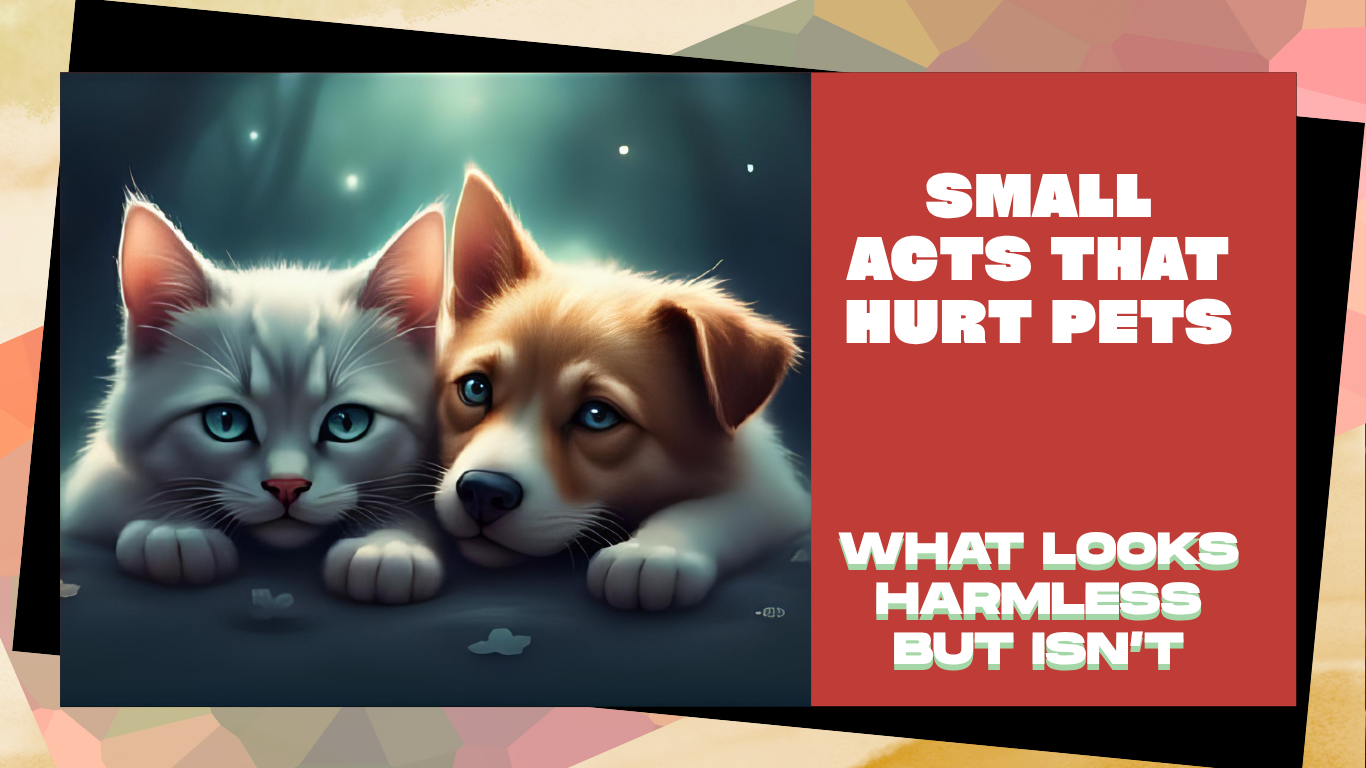People love animals. That love sometimes leads to choices that seem kind or normal, yet cause pain, stress, or long-term harm. Below we explain several common practices that many people think are fine, why they’re harmful, and what to do instead. We finish with some fun horse facts and sources you can trust.
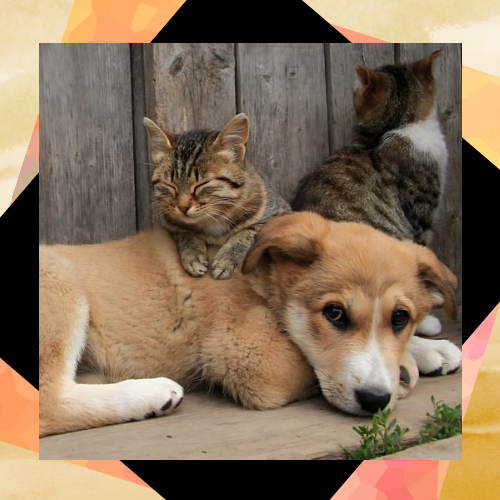
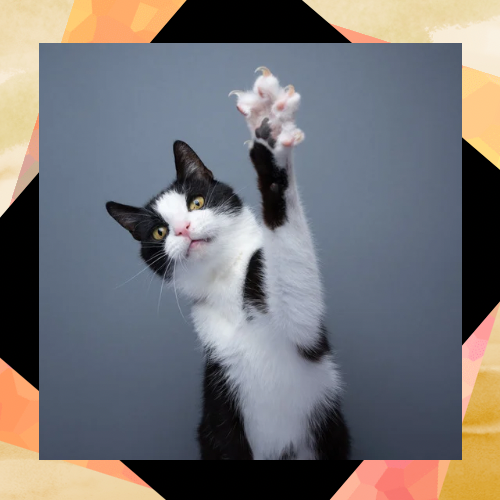
1) Declawing cats to protect furniture
Why people do it: owners want to stop scratching.
Why it’s harmful: declawing is not just removing the nail — it amputates part of the toe bone. That changes how a cat puts weight on its feet, can cause chronic pain, nerve damage, infection, and behavior changes such as biting or litter-box avoidance. Many veterinarians and animal-welfare groups strongly discourage routine declawing.
What to do instead: provide multiple sturdy scratching posts, train with praise and deterrents (double-sided tape on furniture, nail trims), and consider soft nail caps.
2) Feeding “human” foods without checking first
Why people do it: pets beg; owners want to share.
Why it’s harmful: some everyday foods are toxic. Chocolate and grapes are well-known risks for dogs and cats, and xylitol — a sugar substitute found in gum, some peanut butters, baked goods, and toothpaste — can cause sudden low blood sugar and liver failure in dogs. Even foods that aren’t fatal can cause pancreatitis or long-term weight issues. If you suspect ingestion, call poison control or your vet.
What to do instead: keep tempting items out of reach, read labels (xylitol isn’t always obvious), and offer pet-safe treats.


3) Leaving pets in cars “just for a minute”
Why people do it: quick errands, “it’s cool out,” or “I’ll crack the windows.”
Why it’s harmful: a parked car heats up fast; dogs and cats can suffer heatstroke, brain damage, or death even on mildly warm days. Cracked windows do little to help. Laws in many places make it illegal to leave an animal unattended in a dangerously hot or cold vehicle.
What to do instead: run errands without pets, use pet-friendly stores, or leave them at home with shade, water, and a cool spot.
4) Tethering or long-term chaining of dogs
Why people do it: keep a dog outside, prevent roaming.
Why it’s harmful: constant tethering isolates dogs, raises risk of injury, interferes with social needs, and increases stress and aggression. Tethered dogs may not get regular care, shelter, or clean water. Many rescues advise against using a chain as the dog’s usual housing.
What to do instead: design a secure, fenced area; bring dogs inside; provide supervised time outside; or choose containment systems that allow movement and enrichment.


5) Cosmetic surgeries: tail docking and ear cropping
Why people do it: breed appearance, show standards, tradition.
Why it’s harmful: docking and cropping remove or alter body parts that dogs use to communicate and balance. The procedures cause pain and carry surgical risks; many countries restrict or ban cosmetic docking and cropping. Veterinary organizations advise against these operations when done solely for looks.
What to do instead: question breed standards that demand cosmetic alterations, and choose breeders and shows that accept natural tails and ears.
6) Shock collars and harsh punishment in training
Why people do it: quick results, control.
Why it’s harmful: electric collars and other aversive tools can cause fear, anxiety, and aggression, with little evidence they’re more effective than reward-based methods. Studies show welfare costs and possible lasting behavior damage. Positive reinforcement training leads to safer, more reliable outcomes and a better bond.
What to do instead: use reward-based training; seek a certified positive-reinforcement trainer for behavior problems.


7) Early, blanket spay/neuter without individualized advice
Why people do it: prevent unwanted litters and improve public-health outcomes.
Why it’s complicated: spay/neuter has clear benefits, but recent studies show timing can affect joint health and certain cancer risks in some breeds. Decisions about age should consider breed, size, lifestyle, and local shelter laws. Talk with your veterinarian about the best timing for your animal.
What to do instead: discuss pros and cons with your vet, and weigh the animal’s breed and expected activity level before scheduling surgery.
8) Soring and performance-abuse of horses
Why people do it: to make gaited breeds produce an exaggerated “high-stepping” action desired in some shows.
Why it’s harmful: soring means deliberately causing pain to a horse’s legs or hooves by chemicals, devices, or forced trauma to change movement. It’s illegal in many countries and widely condemned by veterinary groups because it causes severe pain and long-term damage. Detecting signs early and supporting enforcement helps protect horses.
What to do instead: refuse to support shows or trainers who use abusive methods; choose ethical competitions and report suspected abuse.
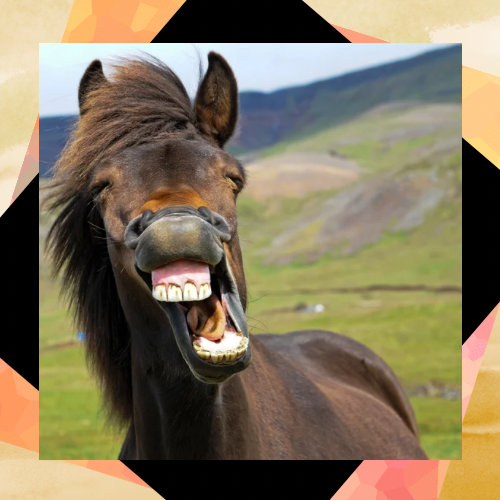
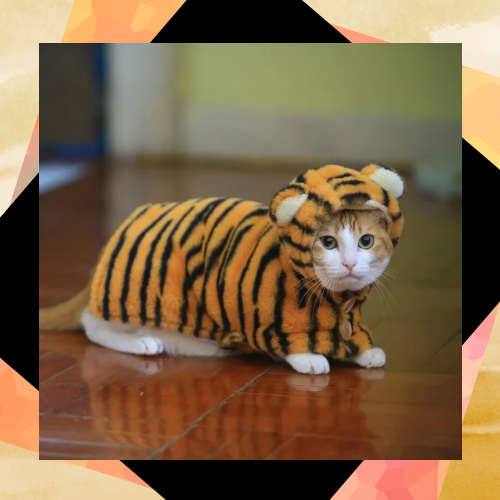
Quick note on grooming and clothing
Small clothing items, tight harnesses, or repeated over-bathing can create skin problems, restrict movement, and stress the animal. When dressing pets, pick breathable, well-fitting gear and limit use to safety or weather needs rather than fashion alone.
Fun facts and a short horses section
Horses are social, sensitive animals with surprising quirks that make them both powerful and vulnerable — which is why thoughtful care matters.
Horses can doze while standing because of a special set of tendons and ligaments called the stay apparatus, which lets them lock their legs and rest without collapsing. For deep REM sleep they must lie down briefly.
Domestication shaped horses quickly; human breeding over centuries favored speed, strength, and temperament that suited riding and work. Their close history with people goes back thousands of years.
A horse’s ears are highly mobile and part of their social language — the position and flicks tell other horses where attention lies. Observing ear signals is a great way to read mood.
Fun trivia: a Quarter Horse can sprint faster than most horse breeds over short distances — brief bursts may reach surprising speeds, which is why Quarter Horses dominate short races.
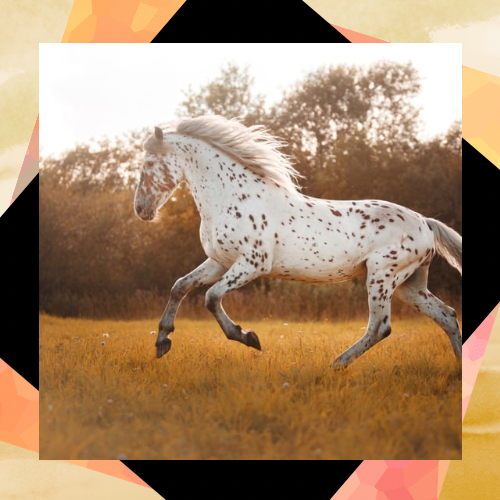
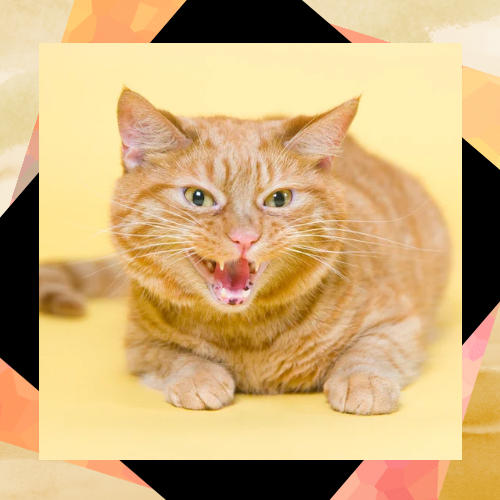
How to spot subtle signs of harm
Look for changes in behavior (withdrawal, aggression, reluctance to move), chronic licking or chewing of a limb, uneven gait, sudden house-soiling, or repeated skin problems. Pain can be masked; a calm pet can still be suffering.
What to do if you suspect abuse or accidental harm
•Get veterinary help quickly. Early treatment often changes outcomes.
•If you suspect intentional cruelty, contact local animal-control or a humane society. Many places keep hotlines and offer anonymous reporting.
•If you’re unsure about a practice (a training device, a cosmetic surgery, a supplement), ask a trusted veterinarian or a reputable animal-welfare group before trying it.
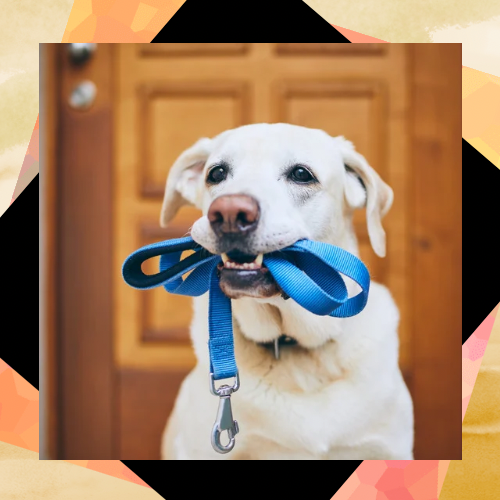
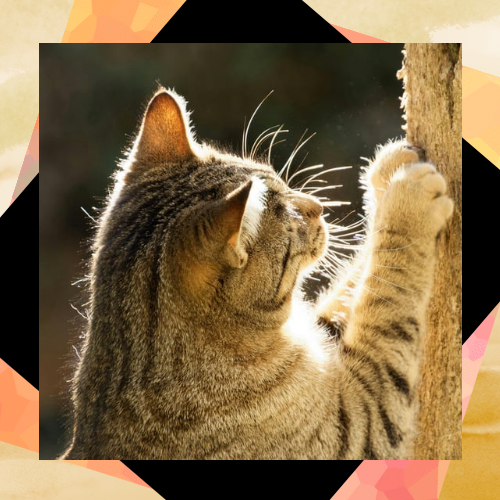
Final thought
Small choices add up. Most pet owners want the best for their animals; checking whether a practice is truly safe and humane takes a little effort but can spare a lot of suffering. If in doubt, pick kindness that keeps the animal’s physical comfort and emotional needs first.
Sources and further reading
•American Veterinary Medical Association — declawing background and soring factsheet. https://www.avma.org/sites/default/files/resources/declawing_bgnd.pdf
•ASPCA — people foods to avoid; xylitol warnings; heat-related hazards for pets. https://www.aspca.org/pet-care/aspca-poison-control/people-foods-avoid-feeding-your-pets
•Humane Society / HumaneWorld — declawing, tethering, and soring explanations. https://www.humaneworld.org/en/resources/why-declawing-bad-your-cat
•RSPCA — dangers of leaving dogs in cars and heatstroke guidance. https://www.rspca.org.uk/adviceandwelfare/pets/dogs/health/dogsinhotcars
•Peer-reviewed studies: welfare effects of electronic training devices (PMC), recent research on training methods and welfare. https://pmc.ncbi.nlm.nih.gov/articles/PMC4153538/
•Veterinary journals and reviews on tail docking and cosmetic procedures. https://www.avma.org/sites/default/files/2024-12/avma-lit-review-dog-tail-docking-1124.pdf
•Frontiers in Veterinary Science — considerations on age of neutering and breed-specific health outcomes. https://www.frontiersin.org/journals/veterinary-science/articles/10.3389/fvets.2020.00388/full
•National Geographic, Scientific American, UC Davis Equine Research — horse behavior, sleep, and domestication. https://www.scientificamerican.com/article/horse-domestication-story-gets-a-surprising-rewrite/



